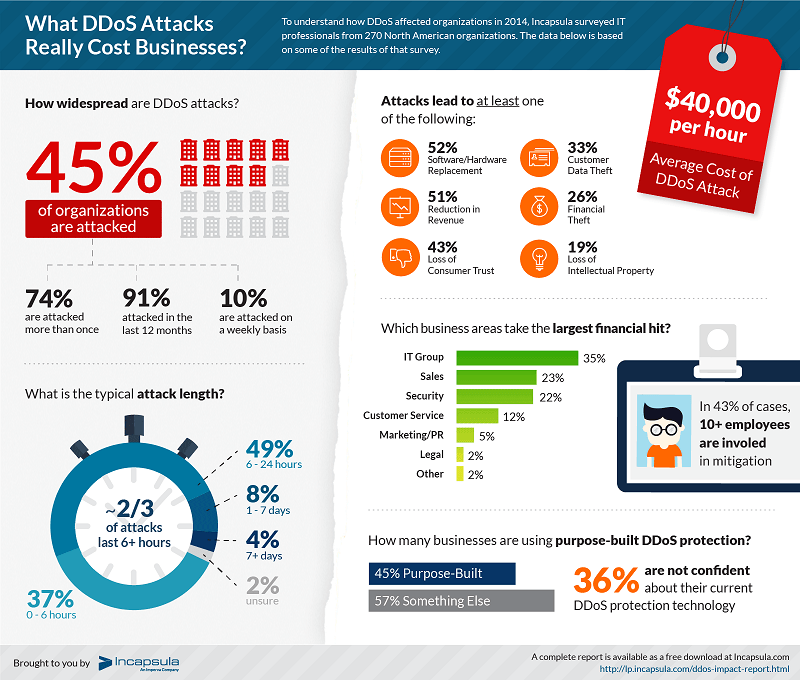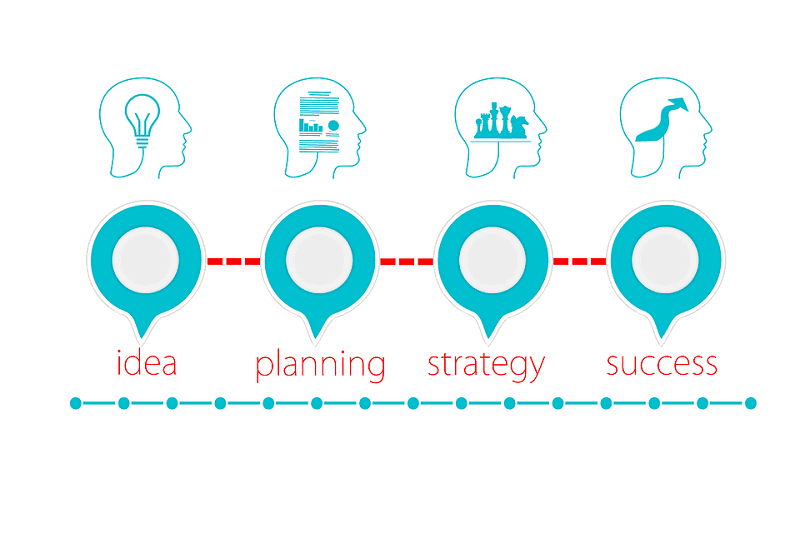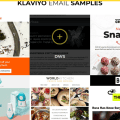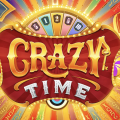There are times when visitors to your ecommerce site will browse for a while—maybe even load up a shopping cart—and leave without making a purchase. This stinks for online sellers.
In fact, statistics show only two percent of first time visitors to your site will make a purchase. Retargeting enables you to tempt that other 98 percent to return to your site to give you a second opportunity to convert them into customers.
But you have to be careful. There’s a fine line between being helpful and being obnoxious. Consider these retargeting best practices to help you avoid falling into the latter category.
Table of Contents
What Is Retargeting?

When a shopper visits your site, you can have it deposit a small snippet of code into their browser to enable your retargeting effort to track them around the web. You can then have ads displayed for the products they looked at on other websites as they continue to browse.
Ever spent a fair amount of time researching a product on the ‘net, then noticed you started seeing ads for the product nearly everywhere you went? You were being retargeted. It can be a good thing.
But it can also be annoying, unless you—
Employ Frequency Caps
Limit the number of times a shopper is exposed to your ads. Overexposure can creep them out, alienate them and cause them to ignore your ads completely.
A good retargeting provider can advise you in this regard, but anything over 20 times in a single month is too much.
Deploy Burn Codes
In some instances, the shopper will come back and make the purchase, then continue to be served ads. This is a waste of your marketing spend and irritating to the buyer.
If you place a snippet of code on your thank you page (the one that appears after a purchase is made), buyers will be untagged and your ads for that product will stop following them around.
The cool part about this is if there were other products they considered but didn’t purchase; they’ll still see ads for those.
Message Tailoring

Retargeting codes can be set to trigger different ads based upon how deeply a shopper went into the purchasing funnel before bouncing out of your site. With an AI funnel builder, you can automate this process and craft ad copy that specifically reflects each shopper’s journey and intent.
Let’s say you’re running ebooks online stores. If they placed a book in a shopping cart, but didn’t download it, you can target them with ads reminding them the book is waiting in the shopping cart. If they only read the synopsis of the book and moved on, you can target them with an ad inviting them back to read more—and so on.
Use a Specific Call To Action
In keeping with the thought above, your retargeted ad’s call to action should reflect their positioning in the purchasing funnel when they departed.
For the book abandoned in the shopping cart, you can say something like; “Download XYZ within the next 15 minutes and you’ll get ABC as a free gift.”
For the reader of the synopsis you can say, “Come back within the next 15 minutes and you can read the first chapter of XYZ for free.” Whatever the offer, make it simple, specific and relevant.
Retargeting Works
Shoppers leave sites without purchasing for a wide variety of reasons. It isn’t always a sign they were uninterested in the product. People simply get distracted sometimes.
Retargeting enables you to remind them they enjoyed the book but forgot to make the purchase. It can also be used to make purchasing the book a more enticing prospect.
Whichever way you go, these retargeting best practices will help you garner their attention again—without getting on their nerves in the process.
























Retargeting will produce a great result because they are targeted customer and they have already shown some interest in the products. Converting a partially interest visor is easier than trying to persuade someone from scratch. Thanks for the customization practices and precise targeting factor.